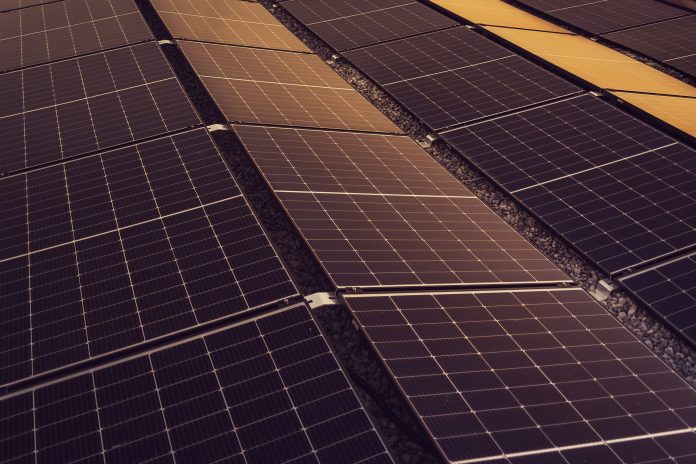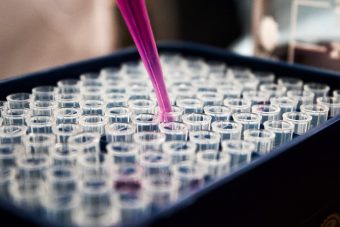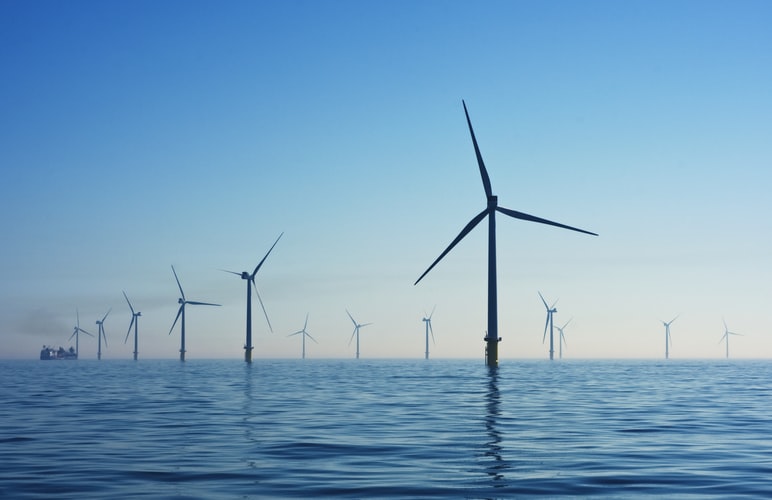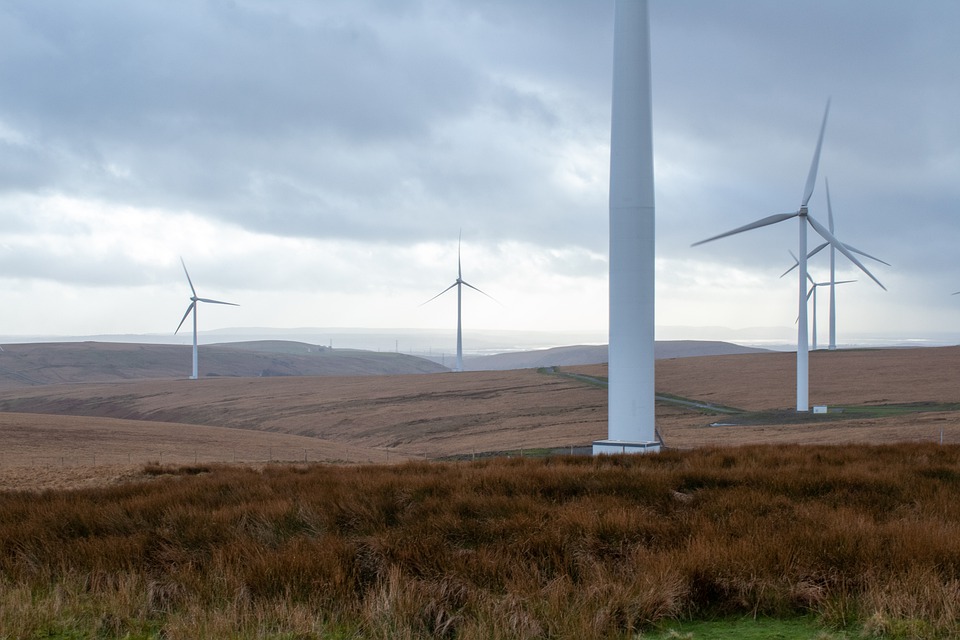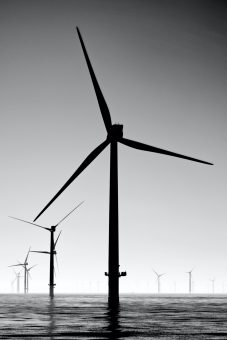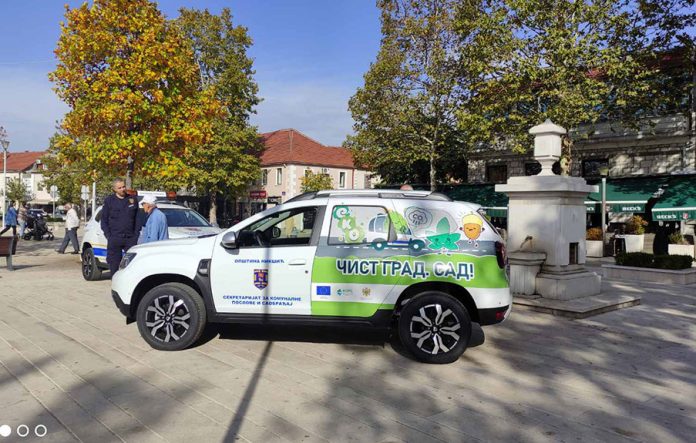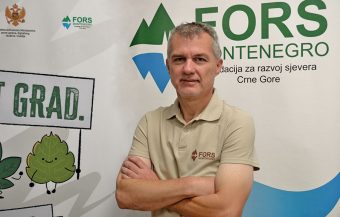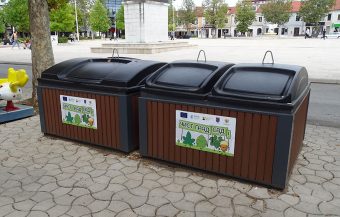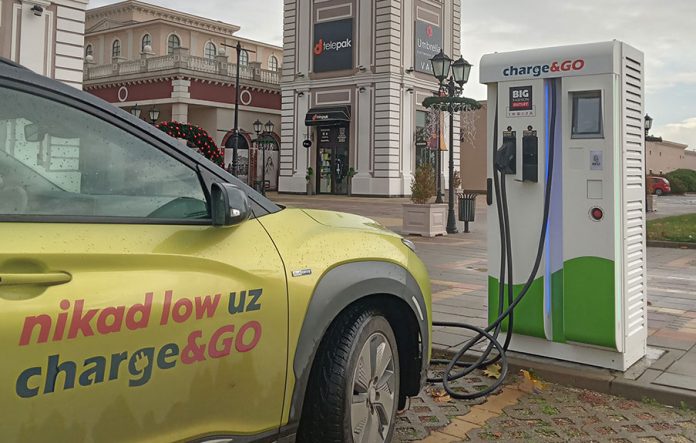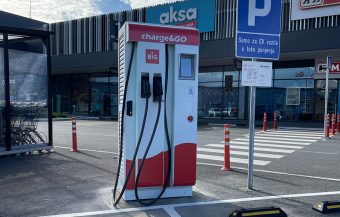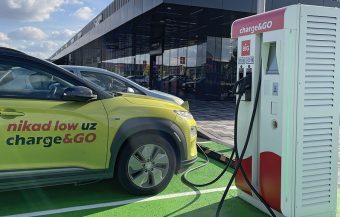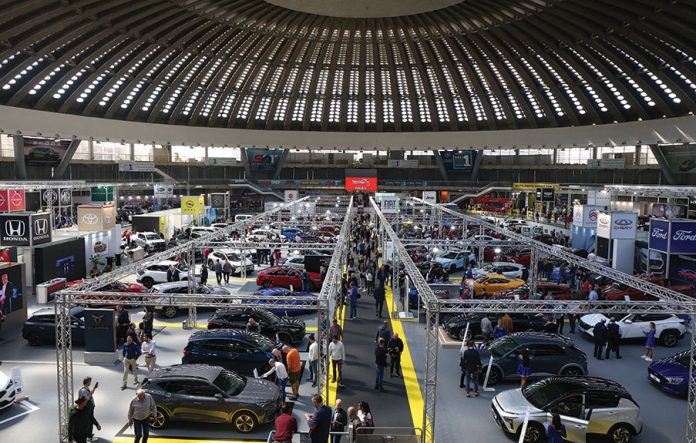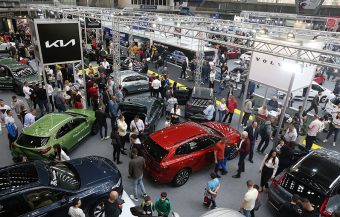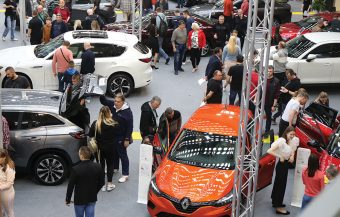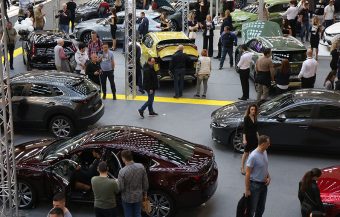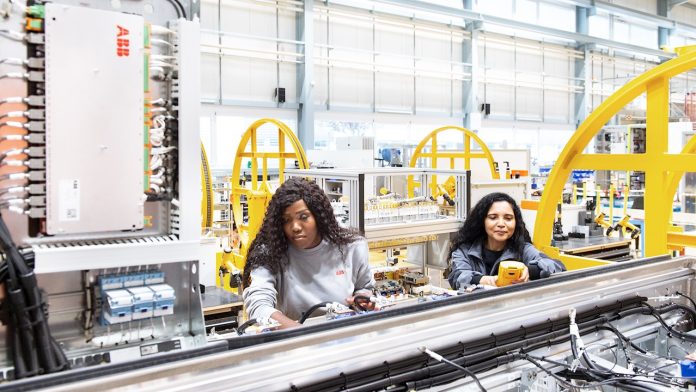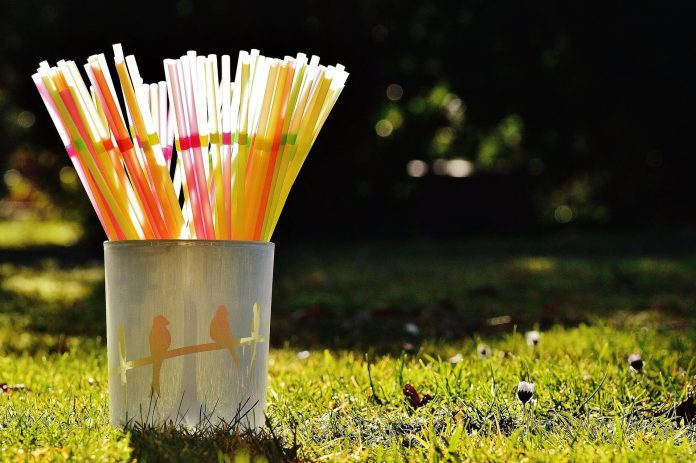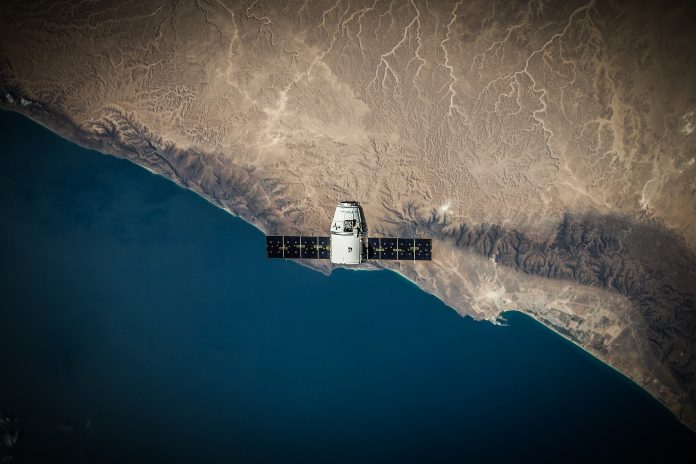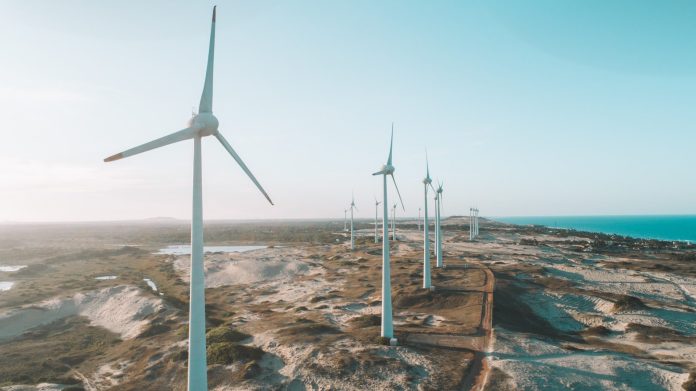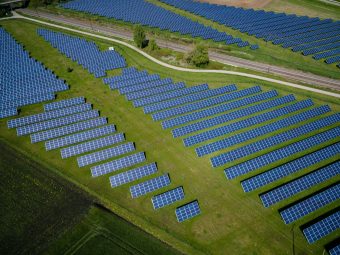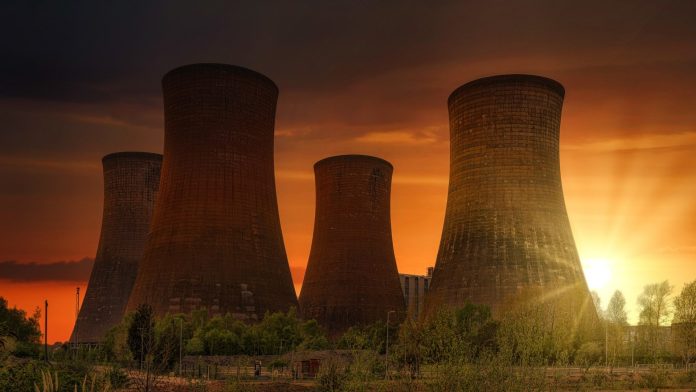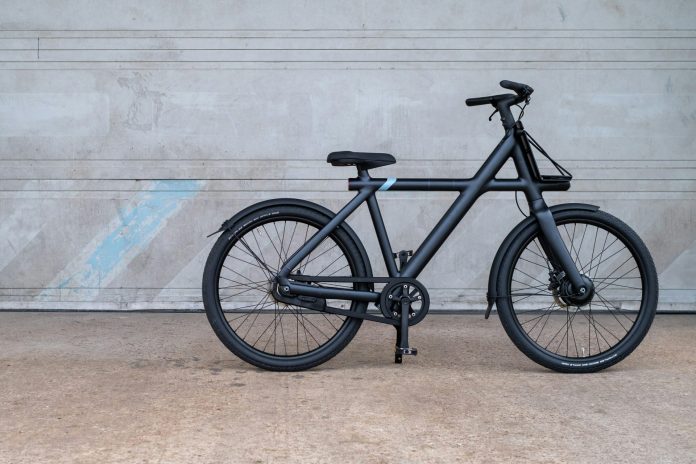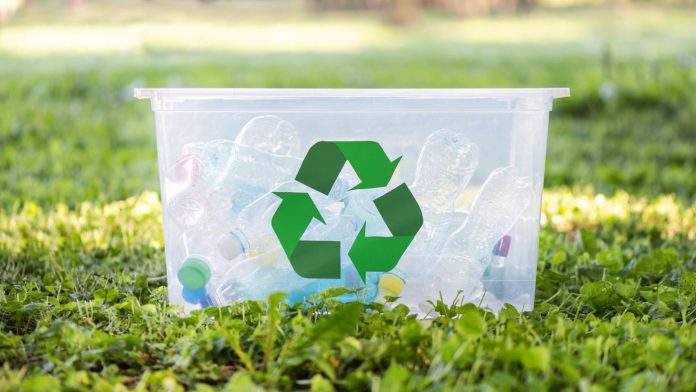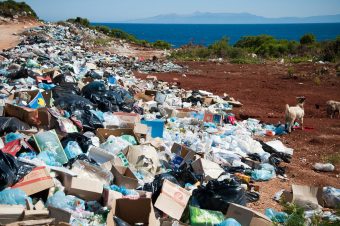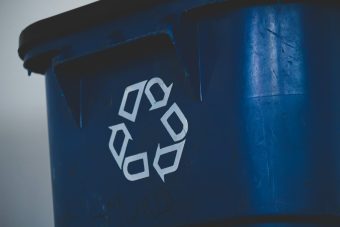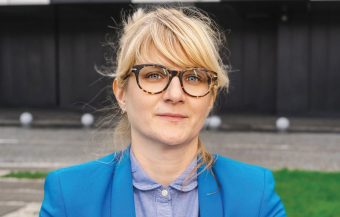
By implementing innovative solutions, using energy from alternative sources, and adequate waste management, a sustainable environment is created that positively impacts the surroundings. MPC Properties, a regional leader in real estate development, construction and management, clearly adheres to all of the above. Confluence Property Management is part of the MPC Properties system. It supports the business strategy in the segment of management and maintenance of the state-of-the-art class A retail and business facilities while following the highest world standards. We spoke with Sanja Rubeša, Operations Project Manager at Confluence Property Management, about implementing the ESG green strategy, waste management, the urban beekeeping project and promoting alternative transport modes.
Q. What does your company’s ESG strategy contain?
A. Topics that are incorporated into the ESG green strategy include environmental impact, the social component and the company’s management system. Regarding the environmental impact, we pay special attention to the green construction principles in six areas – sustainable development, water saving, energy efficiency, adequate use of resources and materials, quality of interior and implementing circular economy principles at the micro level. When it comes to the social component, we think long-term and comprehensively about all categories of the community, including our employees, whom we support through the implementation of internal and external programmes for professional and personal development. On the other hand, we assist tenants, building users, businesses and the general public by organizing educational ESG programmes throughout our network of shopping centres. We use all communication channels, with a strong focus on digital ones, to inform the community about our activities and thus raise environmental awareness. We present expertise by participating in panel discussions and supporting green initiatives in cooperation with international and non-governmental organizations, embassies, universities, institutes and companies.
IN FOCUS:
- SUPPORTING A BETTER LIFE FOR CITIZENS AND A MORE ENVIRONMENTALLY RESPONSIBLE SOCIETY
- RESPONSIBLE BUSINESS SUPPORTS THE COMMUNITY
- CHARGE&GO EXPANDS ITS NETWORK TO THE REGIONAL MARKET IN 2024
Q. How do you implement projects in the company’s management system?

A. The company’s management system is transparently presented in the GRI Sustainability Report, which is publicly available on the company’s website. All projects are implemented through a multi-stage tender process, where expertise, quality, transparency and anti-corruption are important segments when selecting project partners. We cooperate with the most competent experts, such as the companies Energo Energy Efficiency Engineering, MT-KOMEX, Sauter Building Control and Avalon Partners. We have established strategic partnerships with global and local institutions such as UNDP Serbia, the Chamber of Commerce and Industry of Serbia, the Faculty of Biology, CEUS and Mihajlo Pupin Institute. MPC is also an active member of the Green Building Council of Serbia.
Q. In which way do you implement the waste management process?
A. The VOLK SERB Company is a longterm partner and collaborator of the MPC system in the waste management process. Currently, the process is taking place following the legal regulations, implementing innovative, world-class solutions, and forming a long-term plan that will follow both EU regulations and the Green Agenda strategy in Serbia. Cooperation with tenants is crucial. Of course, implementing new processes requires additional effort from all participants, but education facilitates and ensures the success of new practices. One of the implemented innovative solutions for managing organic waste generated at the UŠĆE complex is using a compost machine, which we procured following a public call for submission of tenders launched by UNDP Serbia in cooperation with the Embassy of Japan.
Interviewed by: Mirjana Vujadinović Tomevski
Read the story in the new issue of the Energy portal Magazine RESPONSIBLE BUSINESS



